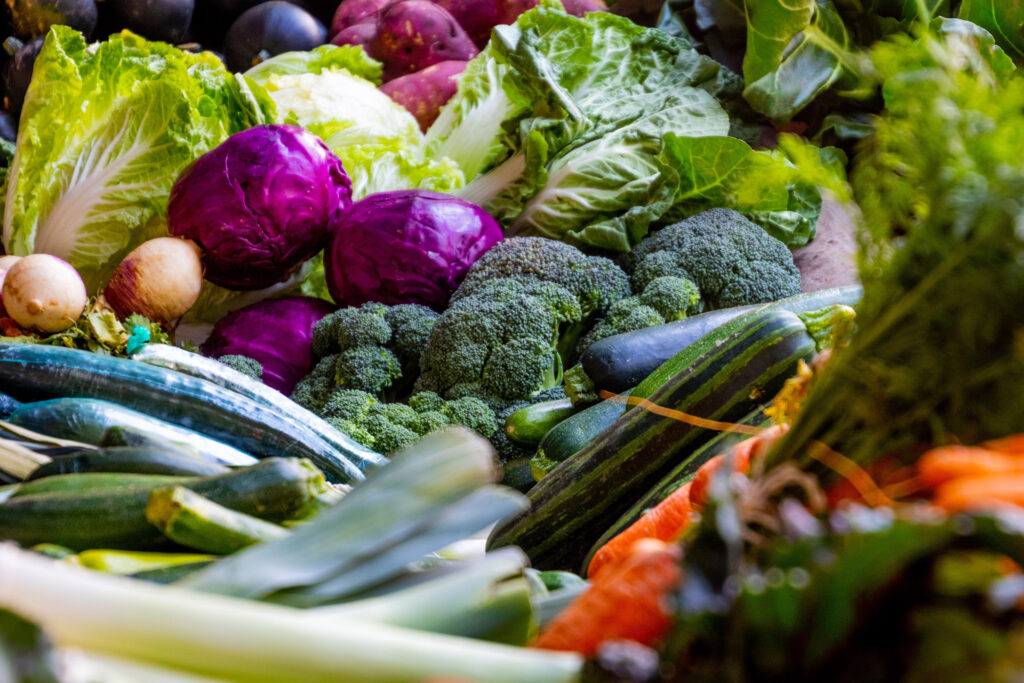Kickstart a Healthy Lifestyle: Simple Meal Planning for Beginners

When it comes to healthy eating, preparation is the key to success. Likewise, meal planning is an effective way to stay consistent with your healthy eating, even when your motivation runs low or life gets too busy. At the wellness center, we believe in empowering you with the tools and knowledge to make healthy living accessible and sustainable. In this blog, I’ll guide you through the basics of meal planning, providing tips and strategies to help you get started. Here are some meal planning strategies to help you stay on track and save you time in the kitchen.
Why Meal Planning Matters
Meal planning is more than just organizing your meals for the week; it’s about making conscious choices that support your health goals. Here are a few reasons why meal planning is beneficial:
- Nutritional Balance: Ensuring your meals are well-balanced with the right mix of proteins, carbohydrates, fats, vitamins, and minerals.
- Time and Stress Management: Reducing the daily stress of deciding what to eat and saving time on cooking.
- Cost Efficiency: Helping you avoid impulse purchases and reduce food waste, ultimately saving money.
- Healthier Eating Habits: Encouraging mindful eating and preventing unhealthy snacking or fast food consumption.
Getting Started with Meal Planning
1. Set Clear Goals
Before you start meal planning, it’s essential to set clear and realistic goals. Are you looking to lose weight, build muscle, or simply maintain a healthy diet? Understanding your goals will help you tailor your meal plan to meet your specific needs.
2. Assess Your Schedule
Consider your weekly schedule to determine how much time you can dedicate to meal preparation. Identify days when you have more time to cook and days when you need quick and easy meals.
3. Create a Basic Framework
Start with a simple framework for your meals. Plan for three main meals (breakfast, lunch, and dinner) and two to three snacks per day. Here’s a basic example:
- Breakfast: Oatmeal with fruits and nuts
- Snack: Greek yogurt with honey
- Lunch: Grilled chicken salad with mixed greens
- Snack: Hummus with carrot sticks
- Dinner: Baked salmon with quinoa and steamed vegetables
4. Make a Grocery List
Once you have your meal framework, create a detailed grocery list. Meanwhile, be sure to stick to whole foods such as fruits, vegetables, lean proteins, whole grains, and healthy fats. Avoid processed foods and sugary snacks.
Tips for Effective Meal Planning
1. Batch Cooking
Batch cooking involves preparing larger quantities of food that can be portioned out and stored for later use. This technique is particularly useful for busy weekdays when you have limited time to cook. For example, cook a big pot of quinoa or brown rice and use it as a base for multiple meals throughout the week.
2. Prep Ingredients in Advance
When we’re hungry, the first thing we tend to do is grab a ready-to-go snack to satisfy those cravings quickly. Spend some time prepping ingredients in advance so you have something healthy to reach for, rather than processed foods or higher-calorie “feel good foods.” Wash and chop vegetables, marinate proteins, and portion out snacks. Having pre-prepared ingredients will make it easier to assemble meals quickly.
3. Use Versatile Recipes
Choose recipes that are versatile and can be easily modified. For instance, a vegetable stir-fry can be served over rice, mixed with noodles, or wrapped in a whole-grain tortilla. This flexibility keeps your meals interesting and prevents monotony.
4. Embrace Leftovers
Don’t shy away from leftovers. They can be reinvented into new meals. For example, leftover roasted vegetables can be added to a frittata, or grilled chicken can be turned into a wrap or salad topping.
5. Stay Organized
Keep your meal plan visible, whether it’s on your fridge, a planner, or a digital app. Without a doubt, staying organized will help you stay on track and avoid last-minute unhealthy choices.
Sample Beginner Meal Plan
To help you get started, here’s a simple 3-day meal plan:
Day 1
- Breakfast: Smoothie with spinach, banana, almond milk, and protein powder
- Snack: Apple slices with almond butter
- Lunch: Quinoa salad with black beans, corn, avocado, and lime dressing
- Snack: Cottage cheese with pineapple
- Dinner: Stir-fried tofu with broccoli and brown rice
Day 2
- Breakfast: Chia pudding with berries and coconut
- Snack: Mixed nuts and seeds
- Lunch: Turkey and avocado wrap with whole-grain tortilla
- Snack: Carrot sticks with hummus
- Dinner: Air frier salmon with sweet potato and green beans
Day 3
- Breakfast: Overnight oats with chia seeds and mixed berries
- Snack: Hard-boiled egg and cucumber slices
- Lunch: Lentil soup with a side of whole-grain bread
- Snack: Sliced bell peppers with guacamole
- Dinner: Chicken and vegetable kebabs with quinoa
Final Thoughts
Meal planning is a powerful tool that can transform your approach to eating and support your journey toward a healthier lifestyle. By setting clear goals, creating a simple framework, and utilizing effective planning strategies, you can make meal planning an easy and enjoyable part of your routine. Remember, the key is to start small, stay organized, and be consistent. Happy meal planning!
For more personalized advice and support, feel free to give me a call about coaching. I’m here to help you every step of the way on your path to a healthier you. It is my passion to help others discover their hidden wellness. Let’s begin your health journey, today!
